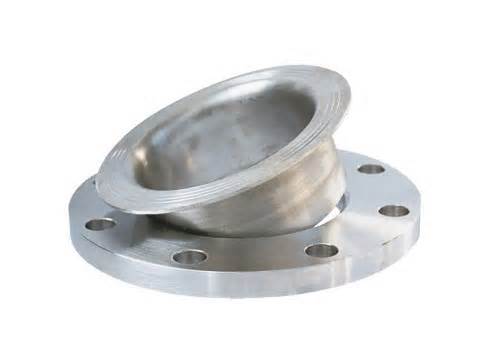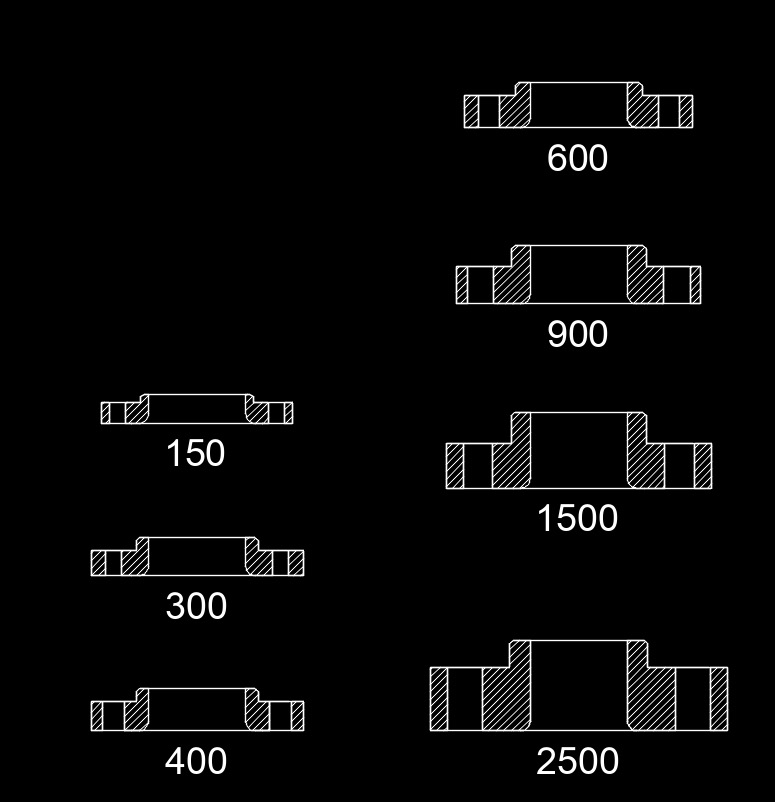Lap Joint Flange Datasheets
Pipe Flange Datasheets
Lap Joint Flange Sizes - 1/2" through 24" | |
|---|---|
| Lap Joint Type | Datasheets |
 |
|
 A lap joint flange, abbreviated as LJF, is a flange that consists of two parts, a stub end and the backing flange. The flange slides over the pipe and the stub end is the connection where the gasket sits. The end where the gasket sits is the same outside diameter as the face of a raised face flange. In general, the thickness of the hub is between ¼” to 3/8”.
A lap joint flange, abbreviated as LJF, is a flange that consists of two parts, a stub end and the backing flange. The flange slides over the pipe and the stub end is the connection where the gasket sits. The end where the gasket sits is the same outside diameter as the face of a raised face flange. In general, the thickness of the hub is between ¼” to 3/8”.
The flange can be rotated which can be useful when fixing issues with bolt hole alignment. When designing a piping system, lap joint flanges should not be considered solely to alleviate poor alignment during construction. Good design practice should not need to include poor construction quality. However, if the piping needs to be frequently dismantled for inspection or cleaning, consideration should be made for lap joint flanges. They give the ability to swivel flanges and to align bolt holes which simplifies the assembly of large diameter or unusually stiff piping.
- See Articles - List of Tags / List of Categories / List of Articles / List of Glossaries / Nomenclature and Symbols

